Your partner in copyright law
Copyright protects works of literature, art, and science, including text, music, graphic design, photography, and software. Good Law advises on how to protect copyrights, has in-depth knowledge of the do’s and dont’s, and acts decisively in cases of infringement.
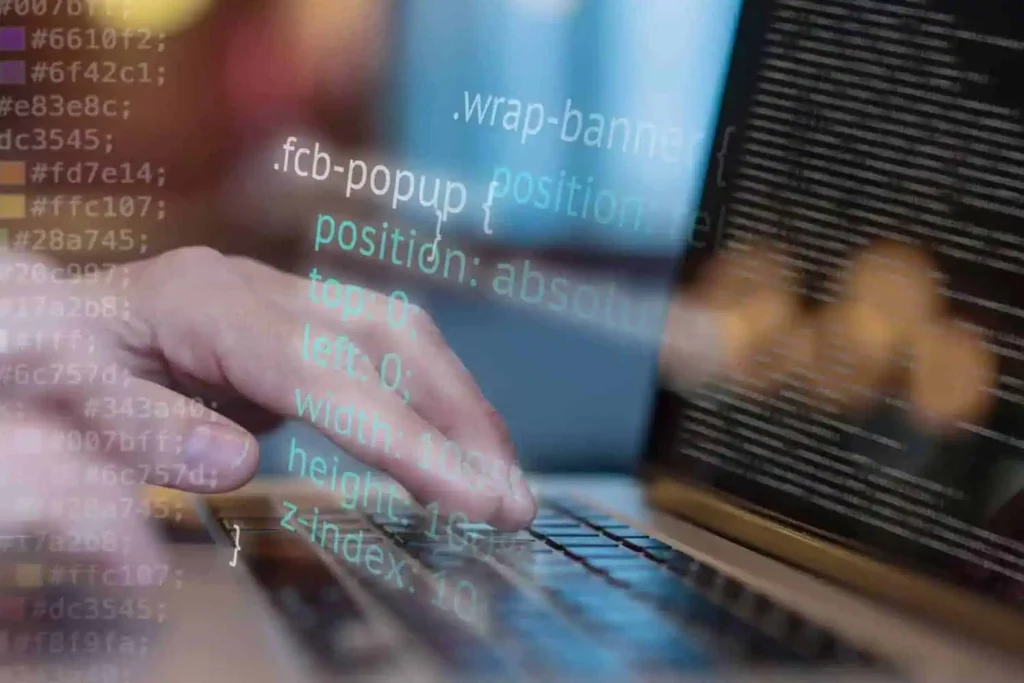
Good Law safeguards the rights to texts, software, and other creative works. When copyright is breached, we intervene – demanding cessation and seeking compensation for any damages incurred.
Copyright is at the heart of (artistic) craftsmanship. It protects the soul of your work and that of your organisation: the unique expression of ideas and creativity. At Good Law, we cherish the craftsmanship behind these creations and act against unauthorised practices, such as copying, recreating, digitising, and unlawfully distributing work.
We guide you in protecting your creative works. Although copyright arises automatically, registration offers significant advantages – such as strong proof of authorship and confirmation of the creation date. In the event of infringement, we are ready to defend your rights through legal action, including litigation to stop infringements and secure compensation.
Copyright law is intricately connected to design law and trademark law, as well as contract law and procedural law. Good Law has extensive expertise in all these areas. This allows our team to offer a broad range of legal knowledge to defend against infringements and resolve disputes, enabling your business to focus on innovation and success.
Good Law specialises in copyright law for creative works, including photography, text, and software. We frequently collaborate with publishers and, in the case of software, with both contractors and clients. In addition to litigation, we provide advice on what is and is not permissible and assist with negotiations in conflict situations.
We protect copyright across a broad spectrum, from software algorithms and apps to international poetry collections featuring works by various authors and translations. We resolve even the most complex challenges.
Protect your assets with Good Law
Ensure your rights are upheld! Contact Good Law today for expert advice and decisive action in cases of intellectual property infringements and other business liability matters.

Personal approach
Every case is bespoke, tailored to your unique situation and needs.
Expert guidance
Benefit from our extensive knowledge and experience in business liability.
Proactive attitude
Our decisive team has a strong reputation you can trust.
Frequently asked questions
Am I a rights holder or merely a user of creative work? What determines my position under copyright law?
With copyright, much revolves around whether you are the rightful owner or merely a user of a work. The answer to this question depends on how the work was created and who made it public. If you as a company commission someone to create something, such as a logo or text, the relationship between your company and the contractor often determines who owns the rights.
If you put an employee to work, Section 7 of the Copyright Act applies: if the work is part of the employee’s job, the copyright lies with the employer. However, if the task falls outside the employee’s job, the copyright may lie with the employee.
With a self-employed person, this is the case anyway: in principle, a self-employed person remains a right holder, unless it is stated in writing that the rights are transferred.
In addition to Section 7, Section 8 of the Copyright Act may also apply. If there are no clear agreements between the contractor and a company, but the work has been made public by the client, then the presumption applies that the client has rights of use.
This provides some protection but is no substitute for a clear agreement explicitly governing copyright.
Clearly, whether you are an author or a client for creative work, without clear agreements you risk a legally vulnerable position, both as a user and as a potential rights holder. When in doubt, get advice from Good Law!
If I’m having a website, logo or software developed, what should I look out for in terms of copyright?
Many Good Law clients come forward with copyright questions only after the project is already completed and the developer or designer has been paid. They think, because they have commissioned and paid, that they automatically own the work.
In reality, however, copyright usually remains with the creator unless explicitly agreed otherwise. Without a so-called copyright transfer deed, you as a business owner may run into restrictions when modifying or reusing a logo, website or software.
It is therefore essential to make clear agreements in advance. Make sure the contract explicitly states that copyrights are transferred to the client. This includes not only the rights of the original creator, but also the rights of third parties who have contributed to the project.
A copyright transfer deed contains a few key points: the work being transferred is clearly defined (often in an appendix), the creator guarantees that he is authorized to transfer the rights and that no third-party rights are at stake, and payment for the transfer is fixed. This may be part of the total commission price or agreed upon separately.
Especially with projects carried out by advertising agencies or software developers, there is a high risk that the rights are not automatically transferred. Sometimes the rates are attractive but do not mention that the copyrights remain with the creator. Avoid problems by legally recording everything in advance.
However, if you are already late and running into restrictions, contact a lawyer. Good Law can help you obtain the necessary rights and correct your situation.
What gives me a strong position in copyright litigation (and also in contracts)?
Okay, this may be an open door, but because things often go wrong in practice, it remains important advice: building a good file is essential.
Even in good collaborations and with mutual trust, parties forget to put agreements, copyright or otherwise, in writing. Or they are a bit embarrassed to present their partner with written agreements.
Now, which doesn’t seem to be a problem either. However, when conflict arises later, the lack of documentation is a major obstacle.
Always confirm verbal agreements with an e-mail or other written document in which you make clear what was intended. This will prevent any confusion later about what exactly was agreed.
Without evidence, your case quickly becomes weaker. Being right is not the same as being right.
What exactly should I put on paper? Expand again: even make notes about informal agreements or initial conversations. What seems obvious now may give rise to a dispute ten years from now.
Didn’t you start taking notes and sending confirmation emails about appointments right away? It’s never too early to start recording!
When is something taking inspiration from an existing work, and when does it become illegal copying?
A persistent myth that Good Law likes to bust is the idea that you can use an existing work if there are seven differences. This is nonsense. It is copying if there are 20 differences, or 30. There is no set formula or checklist for determining whether something is not infringing.
The legal criterion is the so-called confusingly similar overall impression. This means a judge will look at the whole of your work and assess whether it is likely to cause confusion to the public because of similarities to the original work. This is always a gray area: there are no absolute rules, and the outcome depends on how elements from the original work are incorporated into the new work.
Good Law regularly sees cases where people thought their work was safe because they had “changed enough”. But even subtle similarities can mean infringement, depending on the context.
Therefore, developing a work that is inspired without causing legal problems requires careful legal and creative consideration. Want to be sure you stay within the boundaries? Seek advice from Good Law before you begin. That way you can avoid unpleasant surprises.
Our other areas of expertise
Trademark Law
On trademark protection and infringement prevention, as well as all aspects of combating infringements
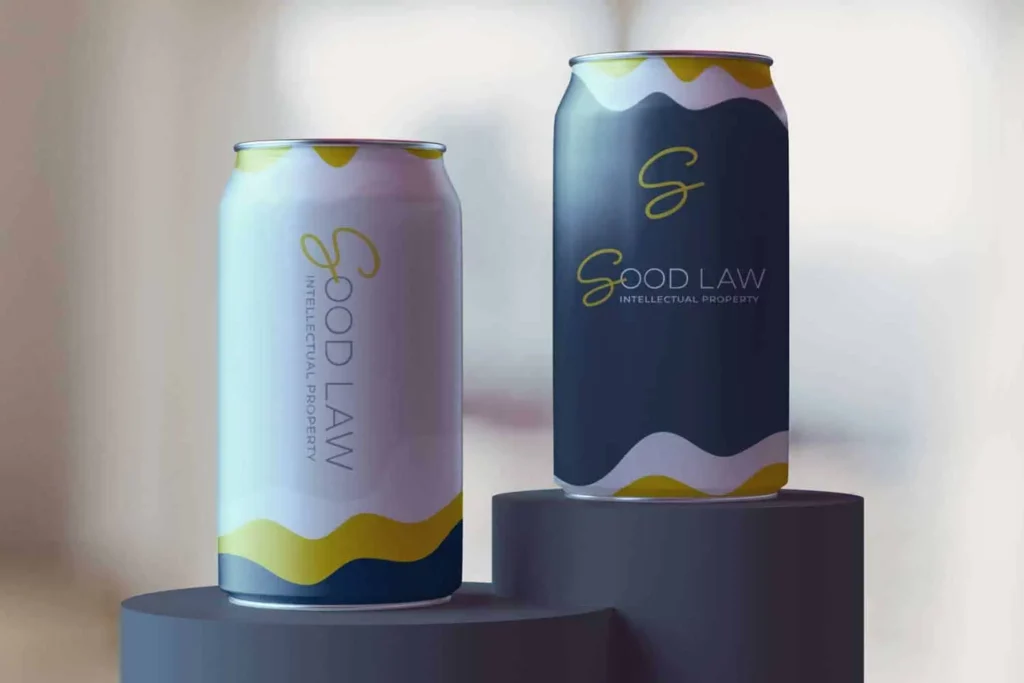
Design Law
For the protection of designs, navigating registration processes, and combating counterfeiting
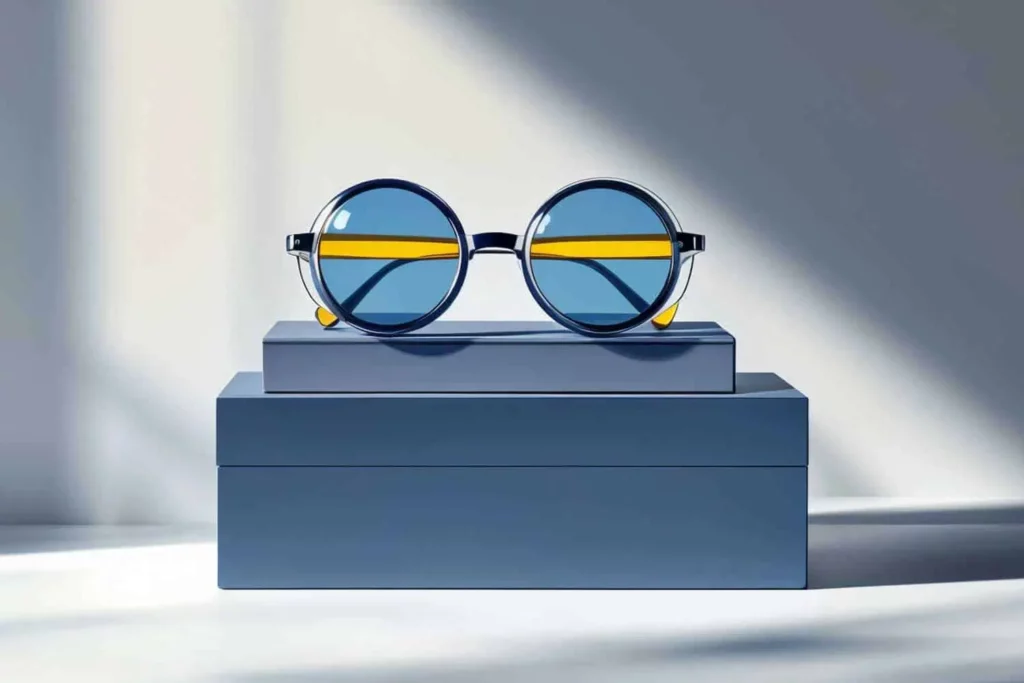
Contract Law
Concerning agreements made and the legal consequences of non-compliance
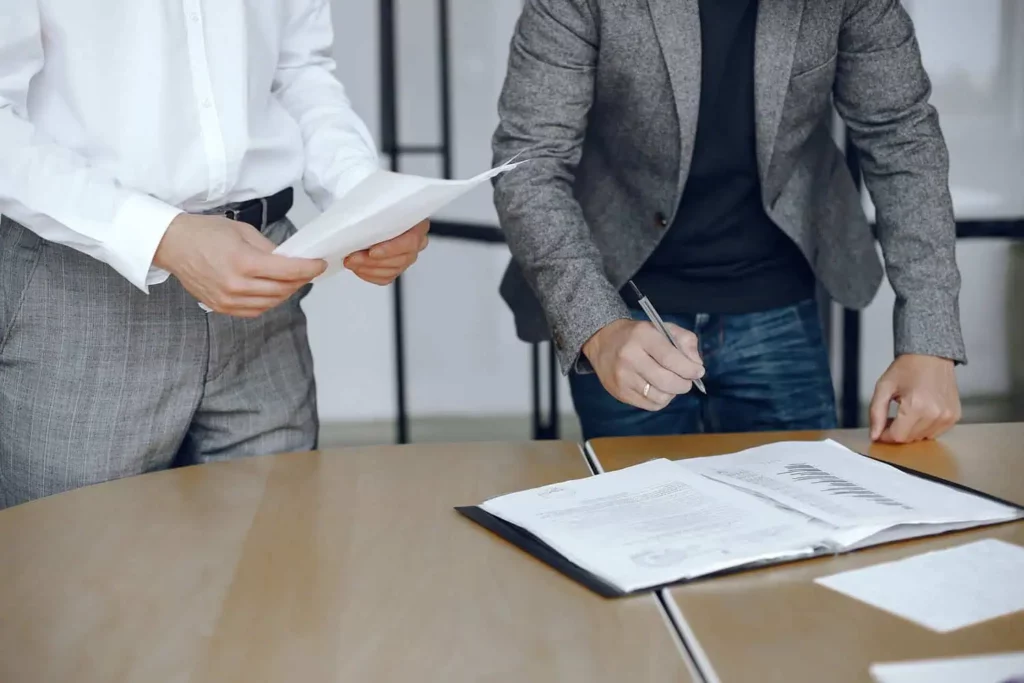
Liability
In cases of intellectual property infringements, contractual breaches, and disputes
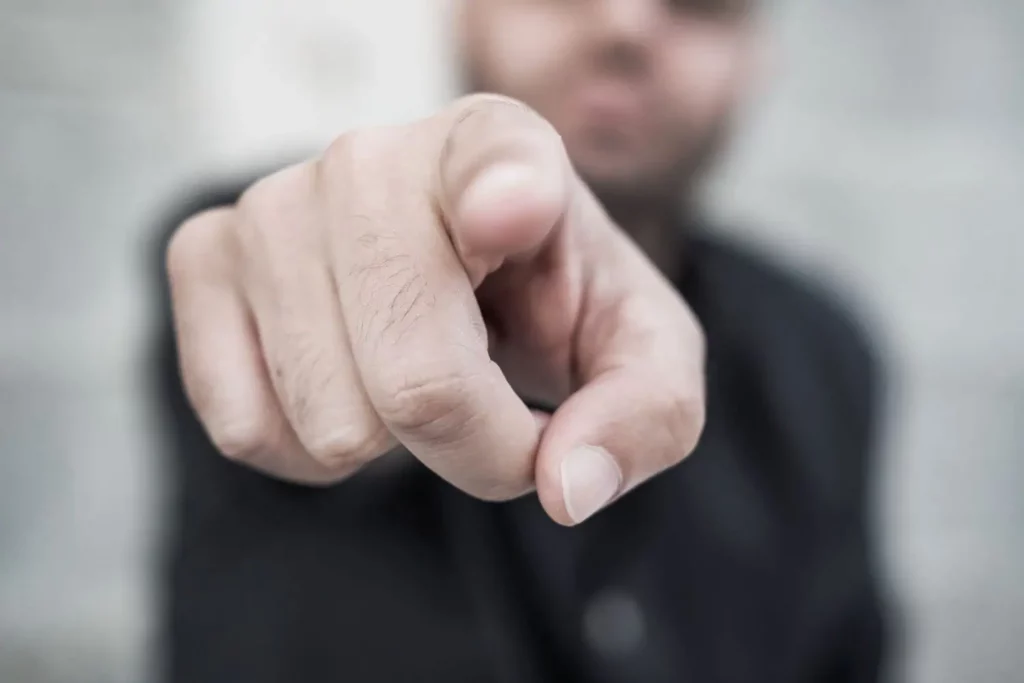
Compliance
For ensuring compliance with laws and regulations, including cases before the Dutch Advertising Code Committee
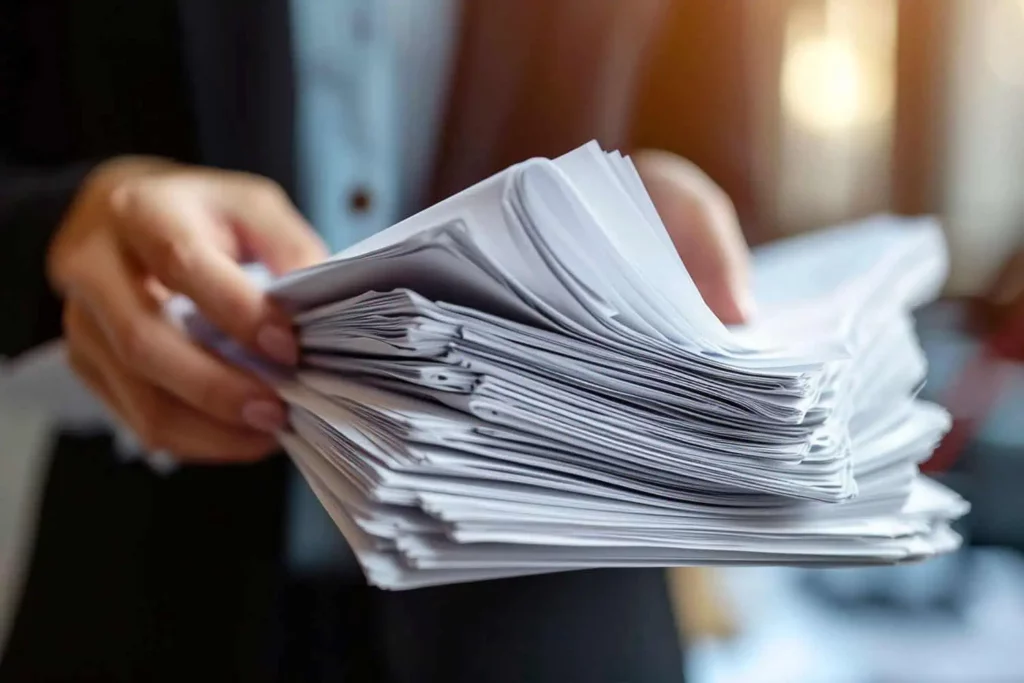
Procedural Law
From legal disputes to drafting legal documents and court representation
